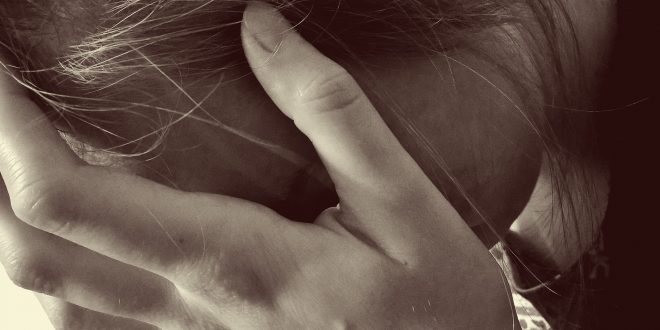
Almost all of us have experienced some level of anxiety at some point in our lives.
In fact, mild anxiety is helpful in that it increases our perceptual field and our ability to get things done, as well as alerts us to possible danger. It can motivate us to study harder for that test or to be more prepared for that presentation or interview.
But as our anxiety increases, our perceptual field narrows and our ability to learn new things and be productive decreases. And if we don’t get it under control and our anxiety rises to the panic level, we often become paralyzed or run away, not even recognizing danger around us.
If those who suffer from this type of affliction can learn to recognize signs of increasing anxiety, and discover ways to monitor and control it, they will find more balance and potentially do better overall.
Signs of increasing anxiety, according to www.psychologytoday.com, include:
■ Excessive worry about health, money, family, work or school performance — even when there are no signs of trouble.
■ Irrational expectations of the worst outcome in many situations.
■ Inability to relax.
■ Irritability.
■ Insomnia.
■ Tiredness.
■ Headaches.
■ Muscle tension.
■ Difficulty swallowing.
■ Trembling or twitching.
■ Frequent urination.
There are many ways to help decrease our anxiety, including breathing and mindfulness exercises, positive affirmations, meditation, yoga and biofeedback, to name a few. Mindfulness exercises help us to pay attention and focus on the here and now without judgment, thus reducing anxiety.
A simple mindfulness exercise can be any exercise that encourages the person to be in the moment, without judgment. It can simply be focusing on one’s breathing, paying attention to the air as it enters and leaves one’s body. If thoughts come into the mind, let them come, then focus back on the breaths. The idea is that the more you practice this type of exercise, the easier it is to come to a more current state.
Getting adequate rest, proper nutrition and exercise should not be overlooked. Prescription medications may also be used, but they do not address the underlying problem.
The following are cases of anxiety recently addressed by JU’s School of Nursing faculty and students:
AMELIA
Amelia, a 21-year-old college student, was a ball of nerves every time she came into a room to take a test. She studied hard and knew the material, but didn’t seem to do well on the test itself. Her instructors would quiz her verbally after the test on questions she missed, and discovered she really did know the material.
To address the issue, Amelia learned how to use breathing and mindfulness exercises in her daily life, letting go of the negative thoughts she had going into the test. She was able to replace those negative thoughts with more positive affirmations such as, “I am smart, I can do this,” and “Thank you for my A.”
She went into her final exam for the term needing a 98 to pass the course. She practiced her breathing and mindfulness exercises daily, as well as coming up with positive affirmations to assist her during the exam. She came out of the exam smiling and was thrilled to find out that she made a 99 on the exam.
Amelia’s anxiety had kept her from thinking clearly and marking the right answer. She knows now that she has to consciously work on staying positive and practice her breathing exercises and being mindful in everyday situations, and she does much better overall in her studies now.
JENNIFER
Another case supporting the importance of overcoming anxiety is Jennifer, a 45-year-old mother of two grown children and one adolescent still living at home. She was in a car accident and temporarily lost the use of her left arm. Jennifer spent months in rehabilitation and became highly anxious about driving.
As time passed, the anxiety began to interfere with everything going on in her life. She quit her job and became more reclusive, beating herself up for not being the mother, wife and friend she had been.
Through individual therapy, Jennifer discovered ways to recognize the signs when she was becoming anxious, and learned to use biofeedback (a technique used to control body functions such as breathing or heart rate) and yoga.
Over the next few months, with practice and support from her family and friends, Jennifer began to go out more and reinvest in the activities she loved. She was able to return to her job, and continues to use biofeedback and yoga in her everyday life.
Nursed to Health is an occasional feature in which Jacksonville University School of Nursing faculty discuss symptoms, diagnoses and treatments based on composites of patient cases handled by instructors, students and alumni of JU’s local training programs. Today’s column is by Dr. Pam Rillstone, who specializes in stress reduction and is Professor of Nursing and Psychiatric Mental Health Coordinator for undergraduate studies in JU’s Brooks Rehabilitation College of Healthcare Sciences. It appeared in The Florida Times-Union on May 25, 2016.
 Wave Magazine Online Jacksonville University News Hub
Wave Magazine Online Jacksonville University News Hub
